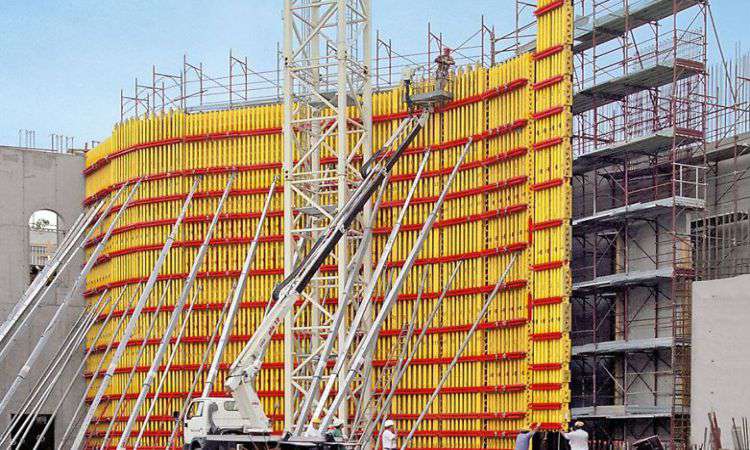 A contractor must consider multiple factors when choosing formwork for a project. In many cases, they find formwork made from plywood to be the best option, particularly when they have a large surface that must be coated with a material that is both light and durable. This coating plays a significant role in the final concrete result. Why is plywood a good option in this situation?
A contractor must consider multiple factors when choosing formwork for a project. In many cases, they find formwork made from plywood to be the best option, particularly when they have a large surface that must be coated with a material that is both light and durable. This coating plays a significant role in the final concrete result. Why is plywood a good option in this situation?
Table of Contents
Strength and Durability
Contractors turn to plywood when they need formwork that is both strong and durable. Plywood withstands heavy loads and pressure with ease. In addition, it holds up in extreme weather. The contractor saves money because the plywood is resistant to termites, fire, and water. They won’t need to replace it as often. The plywood formwork won’t warp or shrink as traditional wood formwork does, so this is an excellent choice for projects that will take a long time to complete.
A Versatile Option
Contractors love the versatility of plywood when constructing formwork. They can cut, drill, and shape the plywood to meet the needs of the project. In addition, they have a range of plywood sizes to choose from along with different thicknesses. This ensures they find the right wood for the job. The versatility of plywood makes it ideal for use with several types of concrete. Furthermore, a contractor can use it for both curved and flat surfaces.
An Environmentally Friendly Option
One reason many contractors turn to plywood formwork today is they worry about the carbon footprint of their projects. They must do their part to protect the planet, and using plywood is one way to do so. Not only does this material come from renewable resources, but the contractor can also recycle it when it is no longer needed. Using plywood also reduces the amount of waste generated by the project.
A Cost-Effective Solution
However, before recycling this plywood, the contractor might use it multiple times. Doing so helps the planet while saving the contractor money. The material weighs little and is easy to handle on job sites, reducing the risk of injuries, which no contractor wants. Every injury on the job could lead to an increase in their workers’ compensation premiums. Furthermore, plywood formwork takes little time to install, so a contractor saves money on labor costs. Clients are happy as projects are completed in less time as well.
Where Might Plywood Formwork Be Used?
As plywood formwork comes with many benefits, contractors use it wherever possible. They might employ this formwork when constructing foundations and walls. They often turn to this material when they have a project that incorporates structural and architectural elements. It is also of great help in projects that incorporate curves and angles. Plywood holds up well when exposed to the elements, making it ideal for projects that won’t be completed for weeks or months.
Contractors often find plywood to be the perfect material when they need to construct formwork for a project. As it comes with many benefits, they often choose to use it wherever possible. However, this does not mean plywood is right for every job.
Furthermore, to get the most benefit from this material, the contractor must ensure they choose the right grade and thickness of plywood for the project being completed. Once the formwork is in place, the contractor must make certain it is cared for and maintained. Not only will this extend the lifespan of the formwork, but it will also increase safety on the job site. That must be the top priority at all times.






